Researching post-workout nutrition typically leaves you with an exceptionally long list of powders, pills, gels, and other mysterious “must-have” products.
Unfortunately, many of these products are not only unnecessary, but also unnatural. For thousands of years, humans have been exercising (whether that exercise was harvesting food or hunting) and consuming real food afterwards. They didn’t need an amino acid supplement to build muscle and recover. They simply needed real, whole foods.
Fortunately, we can mimic our ancestors’ post-workout nutrition and thrive, without the need for expensive products.
Want to snack smarter and curb cravings? Get your FREE 25 Healthy Paleo Snacks Cookbook here.
Click here to get your FREE copy of our Snack Recipes Cookbook!
Keep reading to get an idea of how to create the best post-workout snacks to help you recover and naturally nourish your body.
Do You Really Need A Post-Workout Snack?
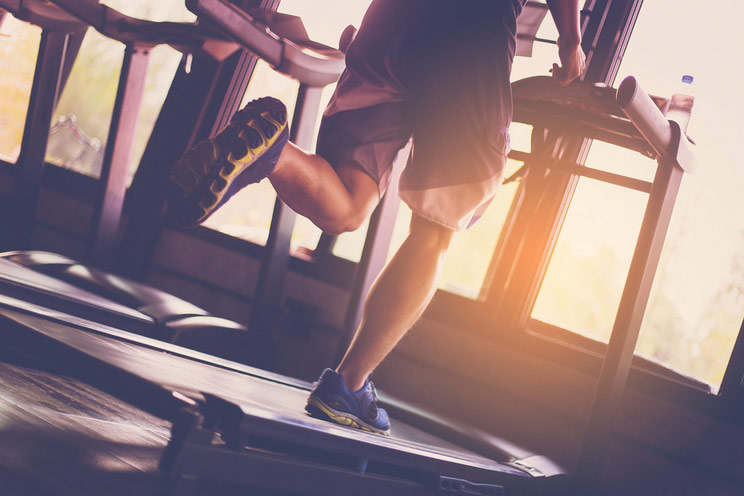
Before we get into post-workout nutrition basics, the first question to ask yourself is whether or not you truly need a post-workout snack. The answer really comes down to personal preference, your metabolism, and what type of workout you’re doing.
For instance, if you’re doing a lighter exercise such as yoga, pilates, or walking for less than 45 minutes, chances are you’ll be just fine without a post-workout snack. Now, if you’re doing HIIT workouts, intense cardio, intense weightlifting, or CrossFit, your muscles will most likely be urging you to refuel.
You can also simply go by how you feel on any given day. If you’re experiencing any of the following symptoms below, you might want to consider adding more fuel to your fire in the form of a post-workout bite:
- Your workout has left you feeling more achy and tired than usual.
- Your performance is slacking.
- Your feel mentally foggy or distracted.
- You’re losing too much weight.
So, You Need A Post-Workout Meal?
So, you’ve decided that you feel best when you give your body some extra snack-love post-workout. Great! But the question remains: What exactly do you eat, and how much?
To begin, your post-workout meal should consist of the three macronutrients: protein, carbs, and some fat. Keep reading to discover why and how much of each you should be getting.
Carbs
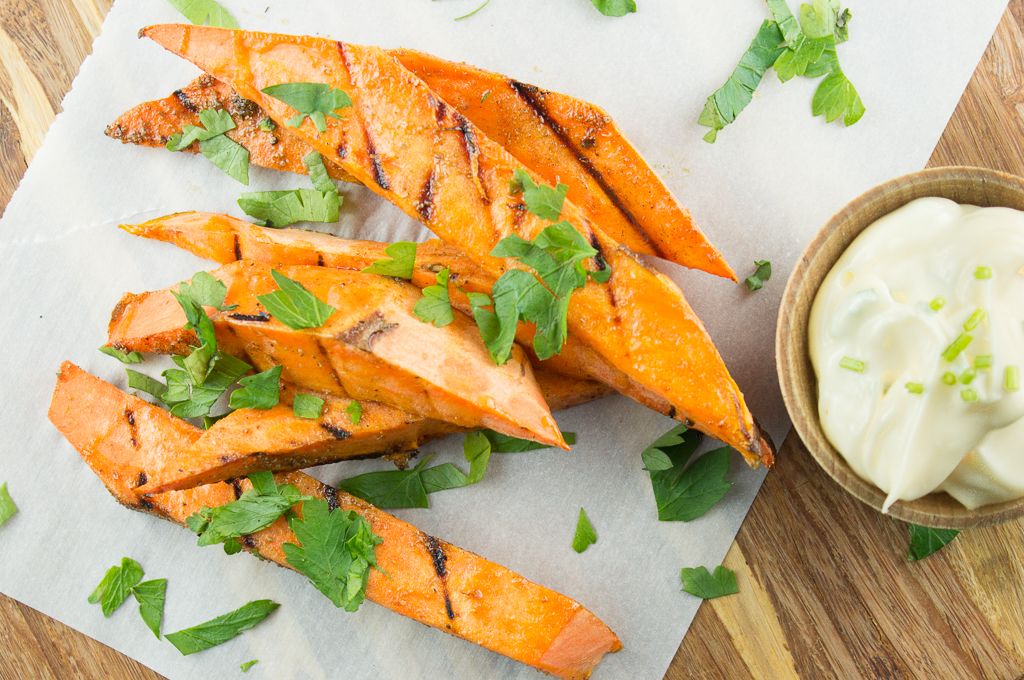
While some Paleo dieters limit their intake of high-carb foods (if they’re on a Keto diet, for example), it’s important to know that eating Paleo doesn’t (and shouldn’t, unless for a specific condition or reason) equal to eating zero carbs.
This is especially true if you’re regularly pushing through tough workouts and find yourself feeling lethargic and run-down often, instead of energized and gaining strength.
This is most likely happening because when you work out, your body burns through your carbohydrate stores rather quickly. These stores are what fuel your muscles during strenuous activity such as sprinting and heavy weightlifting, and not refueling for too long can be a recipe for soreness and burnout.
Not to mention, doing tough workouts all week long will have your body asking for more calories and minerals to repair itself – natural carb sources, such as sweet potatoes, are rich in both.
What Types of Carbs are Best?
When you consider post-workout carbs, try to think “as natural as possible”. We’re talking sweet potatoes, plantains, taro root, bananas, butternut and acorn squashes, etc… Stay away from rehydrating “gel” packets and other artificial supplements that promise to refuel your muscles with energy as these are often high in sugar and contain artificial colorings and chemicals.
Also, try and avoid fruit as a post-workout carb source. The carbs in fruit are mostly fructose, which is rapidly broken down by your liver instead of being shuttled to your muscles (1).
Protein
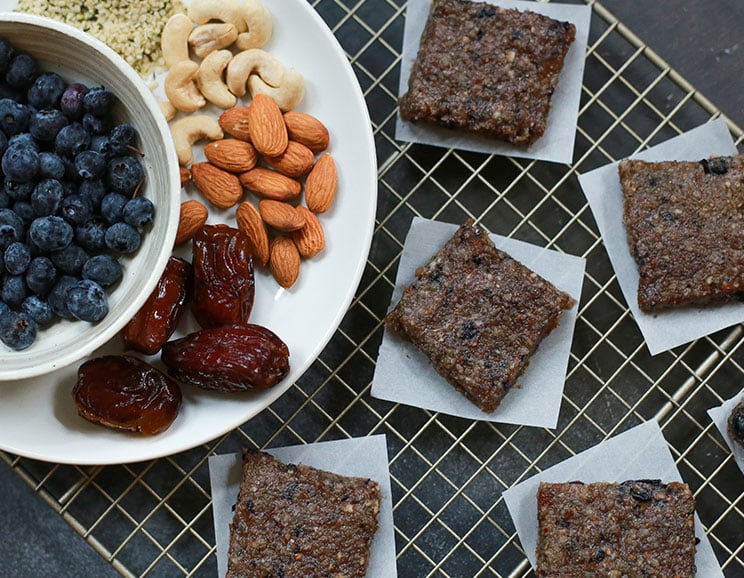
Protein tends to take center stage when you hear about post-workout nutrition. This is because the amino acids in protein – especially the branched-chain amino acids leucine, valine and isoleucine – are essential for muscle synthesis and repair (2). These are considered “essential” because they cannot be made by your body and must come from an outside source.
What Type of Protein is Best?
There’s no denying most of us live a busy lifestyle. Because of this, getting your post-workout protein by grabbing a convenient and portable shake or bar sounds like a fantastic idea.
Unfortunately, protein powders are far from being “real food,” which is what the Paleo diet is all about (and what your body prefers). By sticking to whole protein sources, like meats, fish, and even nuts and seeds, you avoid isolated protein compounds, like whey or casein, which can be hard on your digestive system. In addition, you also avoid many of the additives, colorings, sugars, and artificial sugars found in many protein powders.
This is important, because the last thing you want to do is flood your body with less-than-optimal fuel post-workout and limit your progress, especially when you’ve put so much effort into your workouts to begin with.
Fat
Healthy fats are an extremely important part of your regular diet, but not so much when it comes to your post-workout snack. This is because fats delay gastric emptying, or in other words, slow down the digestion of carbohydrates (3). While this is great for helping you feel fuller longer, it also affects your ability to absorb post-workout carbs and amino acids quickly, which is the point of the snack. Because of this, try to limit them in your post-workout snack.
When Should You Eat A Post-Workout Snack?
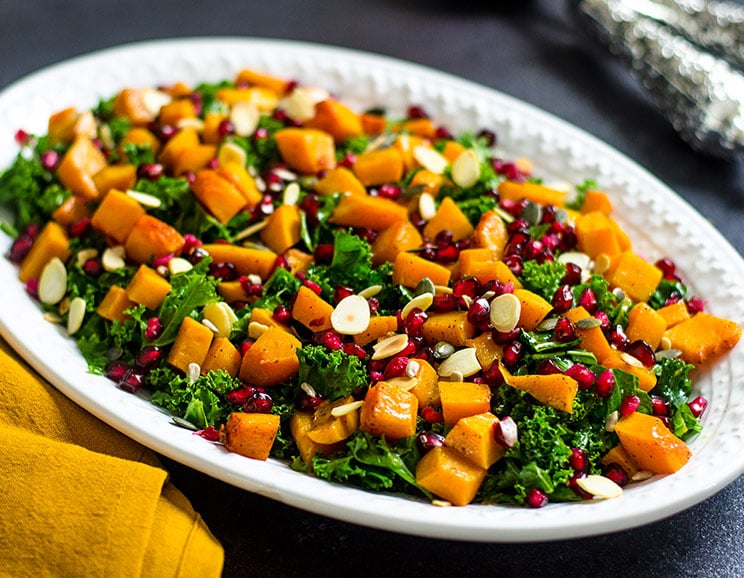
In general, you want to consume your post-workout snack within 15 to 30 minutes after your workout. This is what is considered the optimal time to shuttle nutrients back into your muscles to encourage growth and optimal performance.
Post-Workout Snack Ideas
Now that you have a general idea of what your post-workout snack should consist of, check out some easy ideas for every day below. The great thing about these snack ideas is that they’re either portable on their own, or can easily be prepped in advance and carried with you to work or school.
11 Best Post-Workout Snacks
- 1 cup sweet potato chips + 4 oz grass-fed beef jerky
- 1 cup roasted carrots + 4 oz baked wild-caught salmon
- 1 cup roasted plantains + 1 can of wild-caught sardines
- 1 cup roasted butternut squash + 4 oz pasture-raised chicken breast
- 1 cup mashed parsnips + 4 oz pasture-raised turkey breast
- 1 roasted sweet potato + 2 scrambled eggs
- 1 cup plantain chips + 3 oz venison jerky
- 1 cup sliced carrots + 4 oz wild-caught white fish
- 1 cup baked yucca + 2 oz grass-fed jerky
- ½ roasted sweet potato + 4 oz pasture-raised chicken breast
- 1 banana + 2 hard boiled eggs
Tip: Seaweeds, such as kelp and nori, are rich in electrolyte minerals. Try adding seaweed snacks (you can find them in your local health food store) to any of the above snack ideas, or try using kelp flakes in place of salt.
Don’t Overthink It
As you can see from the list of snacks above, your goal should be simplicity. After being constantly surrounded by supplement advertisements and post-workout formulations that promise the “ultimate” recovery and results, it can be refreshing to return to eating whole foods in their original state intended for us.
So, take a breath, grab a bite of nature, and rest up for your next workout.

(Read This Next: The 11 Best Pre-Workout Snacks)


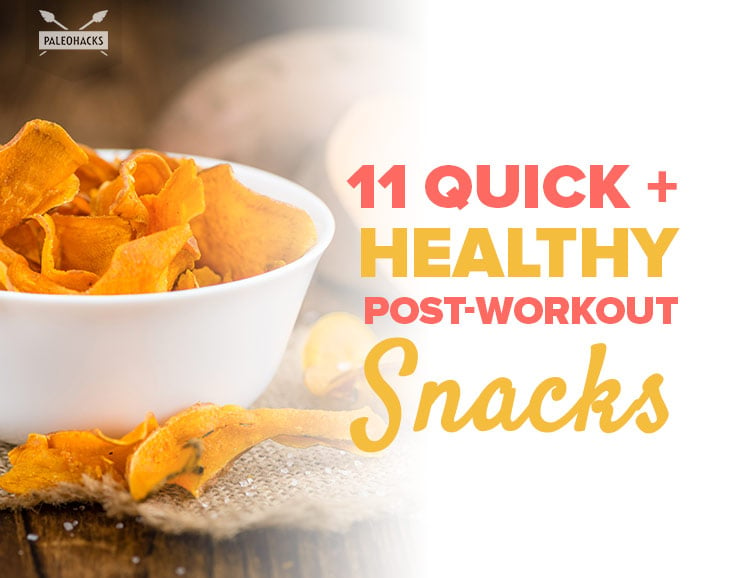
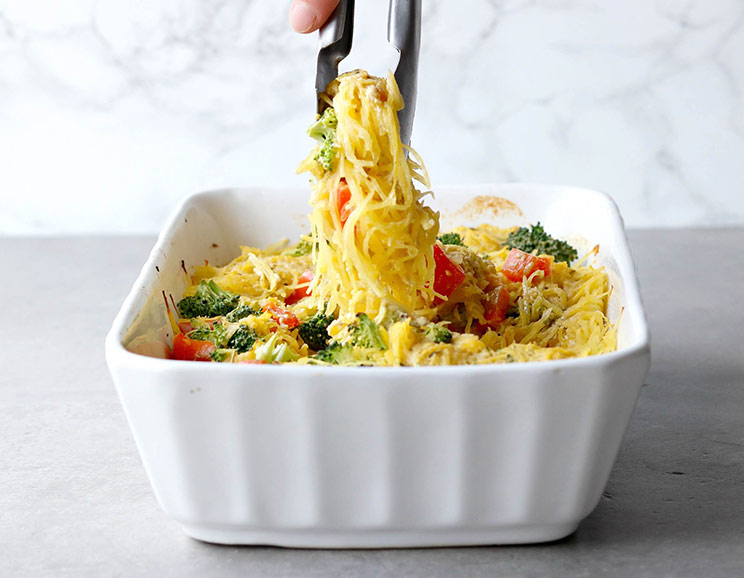 Light Spaghetti Squash Casserole with Creamy Dairy-Free Sauce
Light Spaghetti Squash Casserole with Creamy Dairy-Free Sauce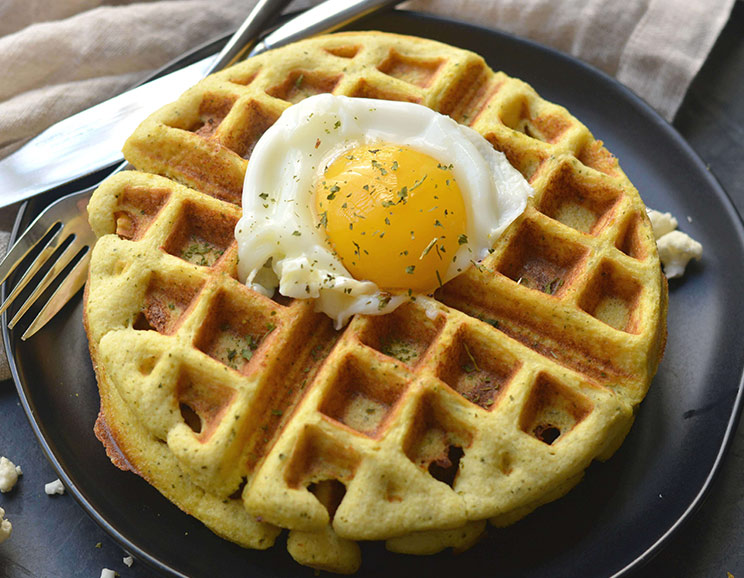
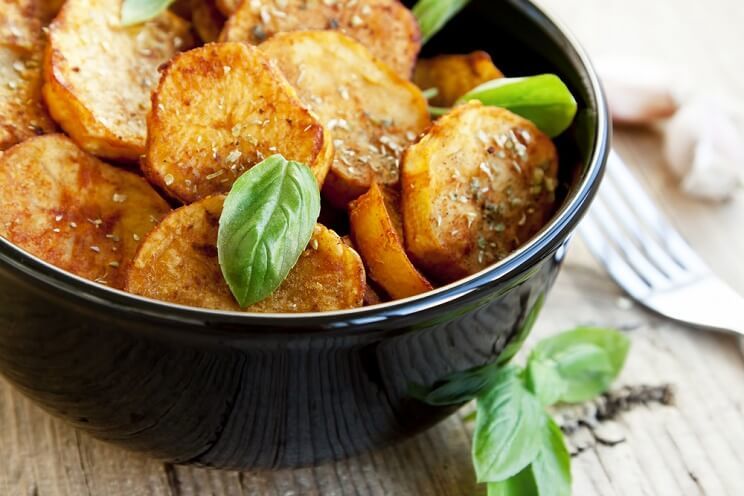


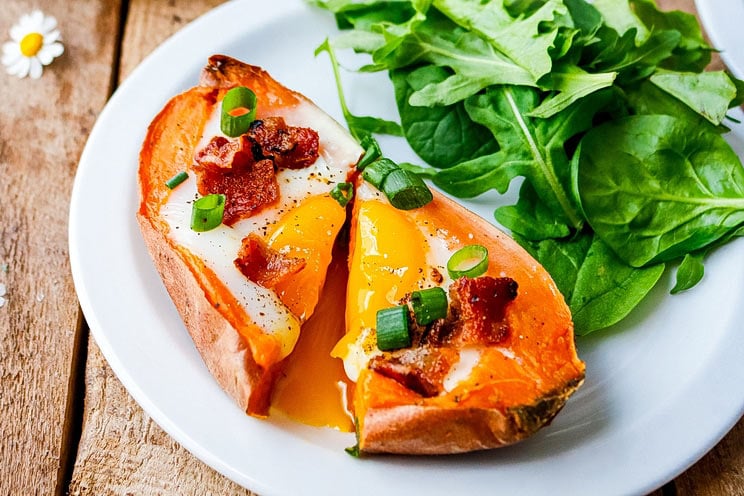
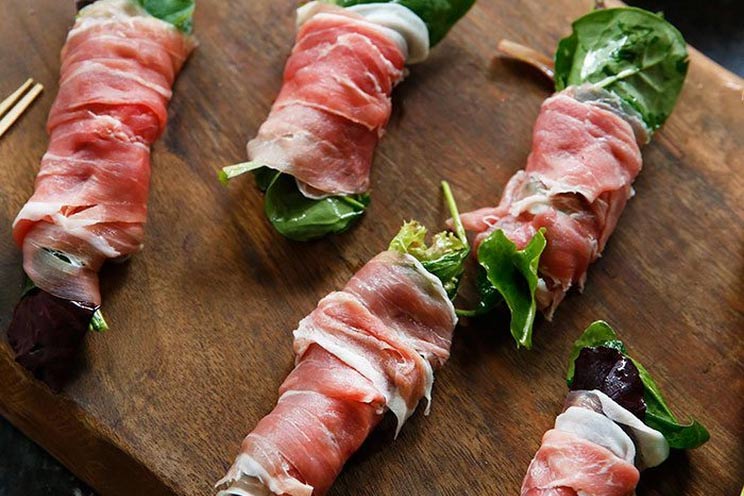
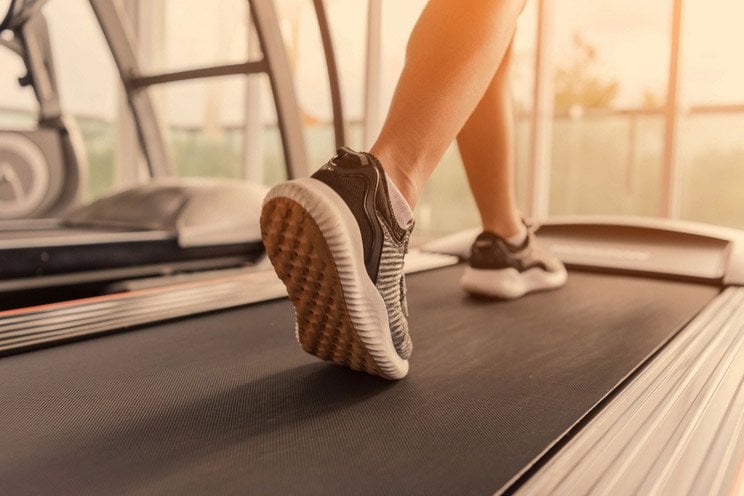
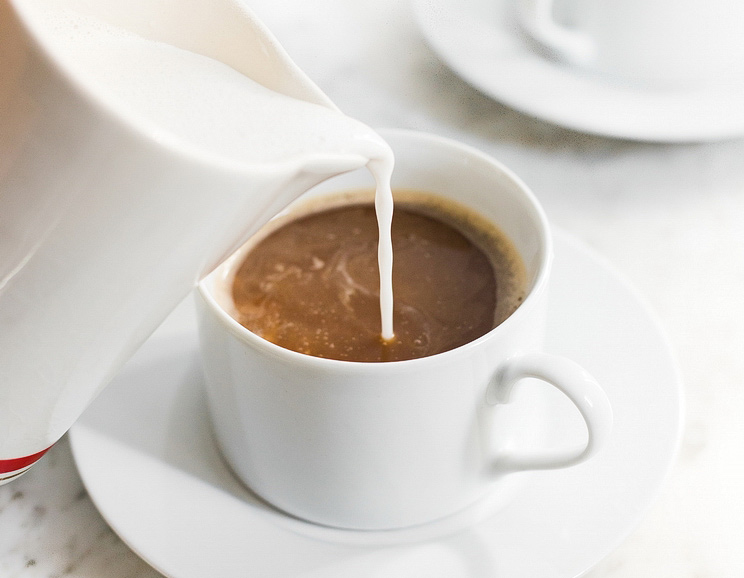
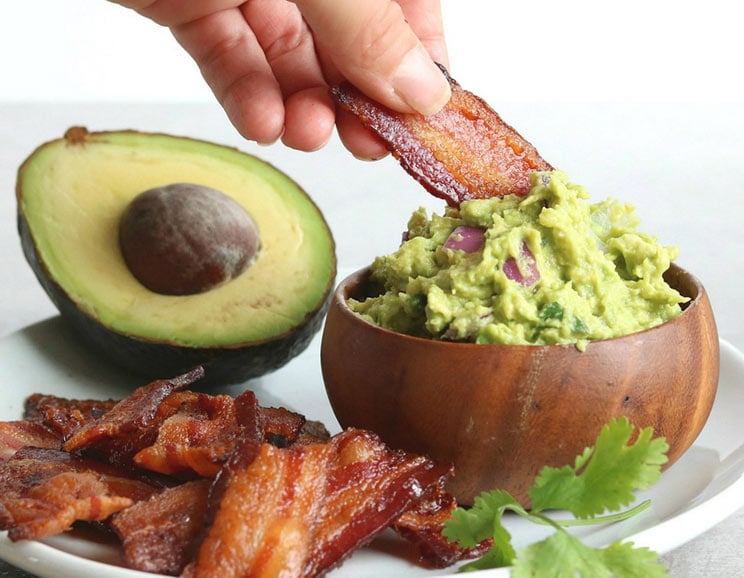
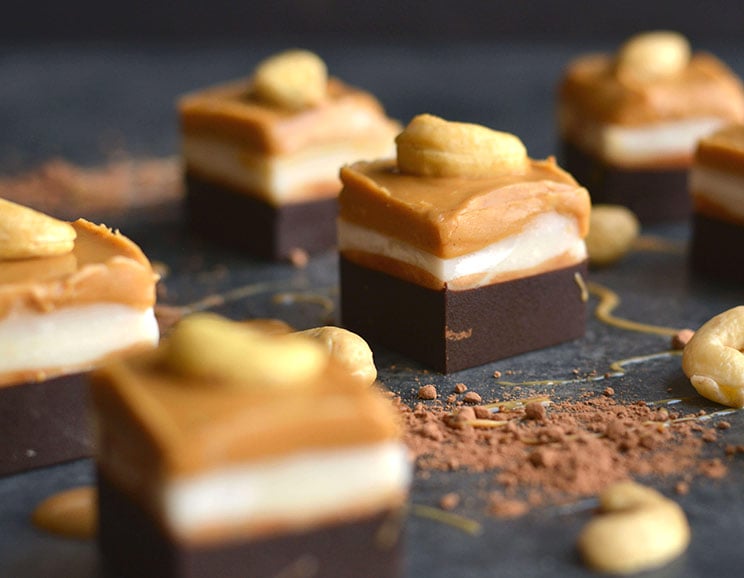
Show Comments